10 Amazing Destinations for Culture Lovers
There’s something magical about walking through a city where every corner tells a story, where centuries of human creativity have left their mark on streets, buildings, and communities. For culture lovers, these destinations offer more than just tourist attractions—they provide windows into the soul of civilizations, both past and present.
Whether you’re drawn to ancient temples, world-class museums, vibrant local traditions, or cutting-edge contemporary art scenes, these culture cities deliver experiences that stay with you long after you’ve returned home. Each destination on this list offers its own unique cultural DNA, shaped by history, geography, and the creative spirit of its people.
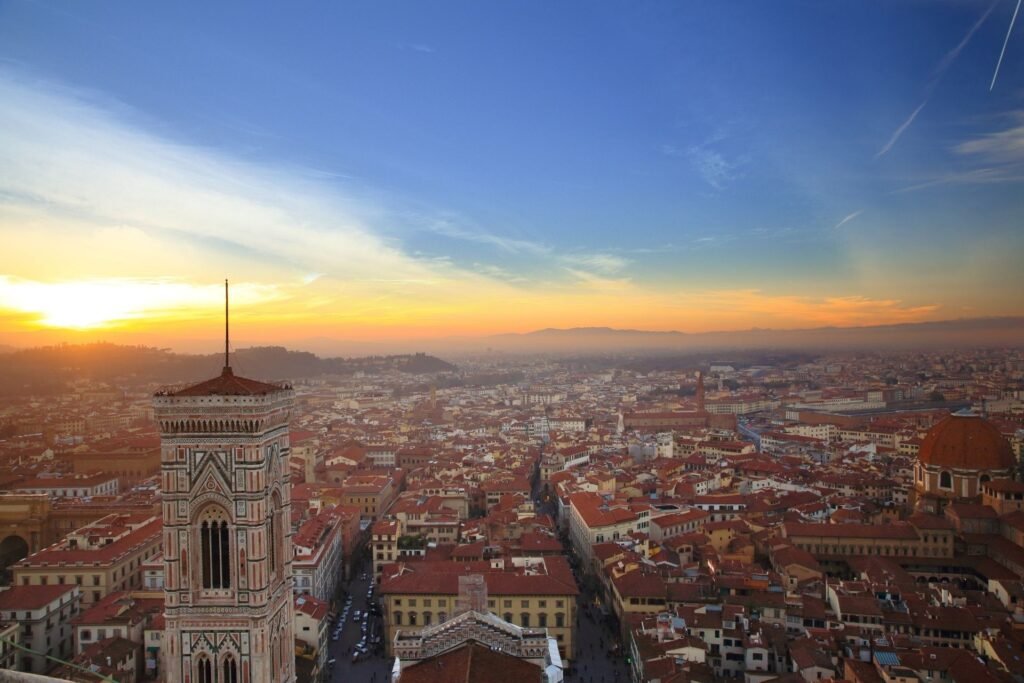
1. Florence, Italy – The Birthplace of the Renaissance
Florence isn’t just a city; it’s a living museum where art history unfolds at every turn. Walking through the historic center feels like stepping into a Renaissance painting, and that’s no accident—this is where the Renaissance began, forever changing how we understand art, science, and human potential.
The Uffizi Gallery houses one of the world’s most important art collections, including Botticelli’s “The Birth of Venus” and works by Leonardo da Vinci, Michelangelo, and Raphael. But Florence’s cultural treasures extend far beyond this famous museum. The Palazzo Vecchio, still serving as the town hall, showcases stunning frescoes and offers insight into the political life of Renaissance Florence. The Oltrarno district, across the Arno River, maintains the atmosphere of a medieval neighborhood where artisans continue centuries-old traditions of leather working, jewelry making, and bookbinding.
What makes Florence truly special for culture lovers is how accessible its history remains. You can visit Michelangelo’s David at the Accademia Gallery, climb the dome of the Cathedral of Santa Maria del Fiore for panoramic views, and then enjoy an aperitivo in a piazza where Dante once walked. The city’s compact size means you can easily explore multiple cultural sites in a single day while soaking in the atmosphere that inspired some of history’s greatest artists.
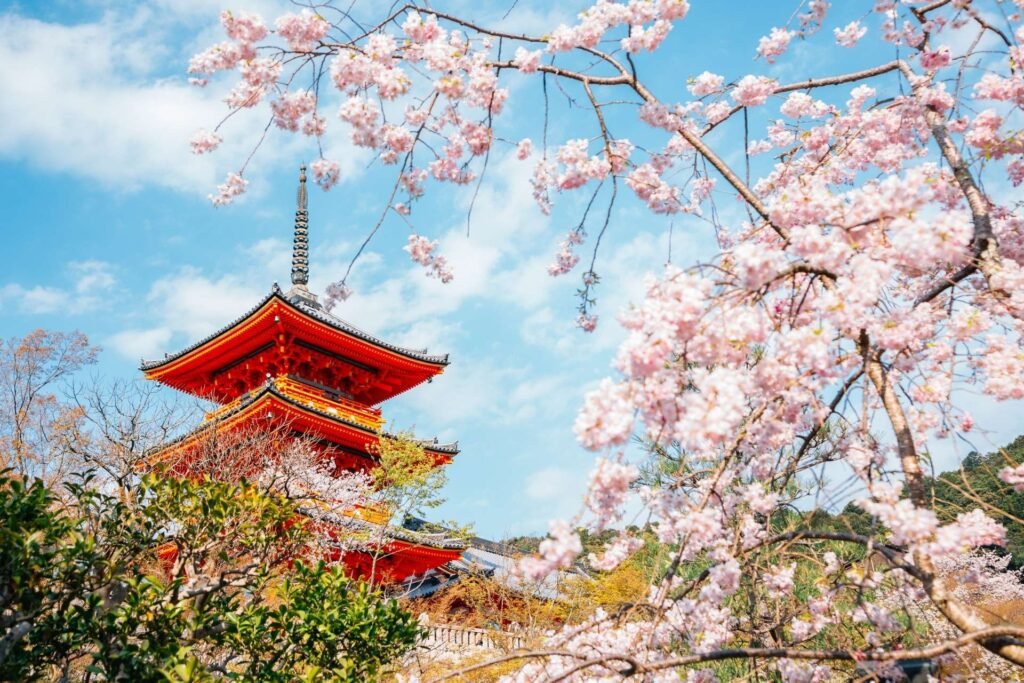
2. Kyoto, Japan – Where Ancient Traditions Live On
Kyoto represents the heart of traditional Japanese culture, a city where over 1,000 years of imperial history have created an unparalleled cultural landscape. As the imperial capital and center of court life for over 1000 years, Kyoto has naturally played a central role in the development of Japanese culture.
The city’s 2,000 temples and shrines include architectural marvels like the golden Kinkaku-ji (Golden Pavilion) and the thousand vermillion torii gates of Fushimi Inari Shrine. But Kyoto’s cultural significance extends beyond its religious sites. The Gion district remains one of the few places in the world where you can glimpse geishas heading to evening appointments, their traditional dress and makeup preserving customs that date back centuries.
There are 5 geisha districts in Kyoto and Gion Kobu is the most prestigious one, where visitors can experience traditional tea ceremonies and occasionally witness geisha performances. The city’s cultural offerings also include the Kyoto National Museum, which houses an extensive collection of Japanese art, and numerous workshops where you can learn traditional crafts like pottery, calligraphy, and textile dyeing.
What sets Kyoto apart is how seamlessly it blends preservation with daily life. Monks still conduct morning prayers in ancient temples, traditional ryokan inns offer authentic hospitality experiences, and seasonal festivals celebrate everything from cherry blossoms to autumn leaves with rituals that have remained unchanged for generations.
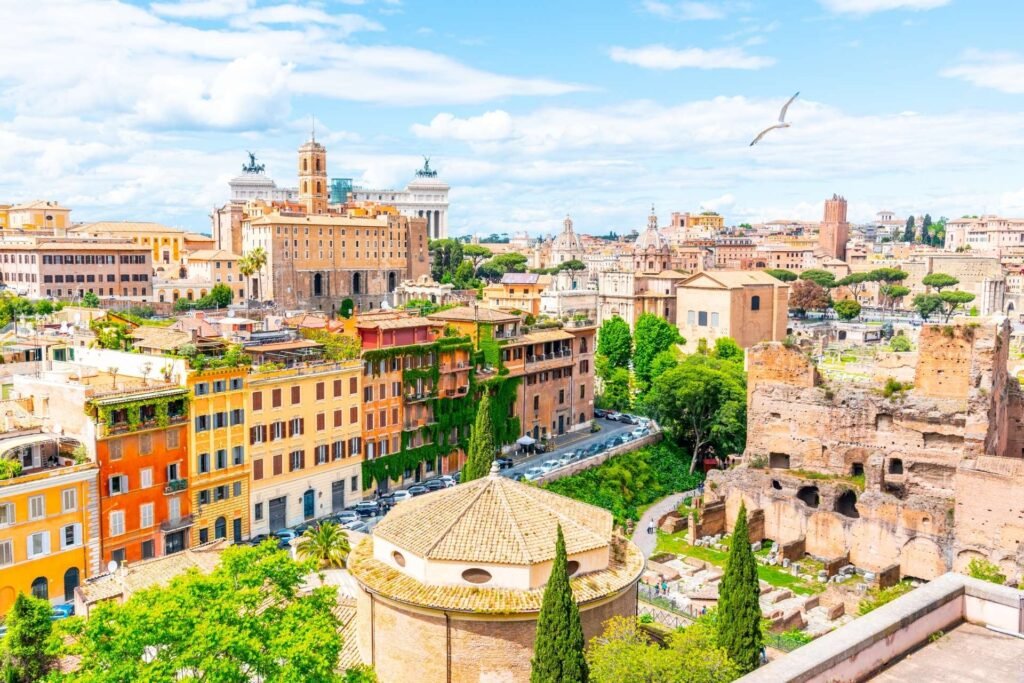
3. Rome, Italy – The Eternal City’s Layered History
Rome offers culture lovers an extraordinary journey through over 2,500 years of history, where ancient ruins stand alongside Renaissance masterpieces and modern life flows around monuments that have witnessed the rise and fall of empires.
The Vatican Museums contain one of the world’s greatest art collections, culminating in the Sistine Chapel with Michelangelo’s famous ceiling frescoes. But Rome’s cultural richness extends far beyond Vatican City. The Colosseum and Roman Forum provide tangible connections to ancient Roman civilization, while the Pantheon demonstrates architectural innovations that still inspire builders today.
Lesser-known cultural treasures include the Baths of Caracalla, where you can understand how Romans lived and socialized, and the Capitoline Museums, which house ancient Roman statues and artifacts. The city’s churches, from Santa Maria Maggiore to San Clemente, showcase layers of history with early Christian mosaics built upon ancient Roman foundations.
Rome’s neighborhoods each tell their own cultural stories. Trastevere maintains the atmosphere of medieval Rome with its narrow cobblestone streets and traditional trattorias, while the Jewish Quarter preserves centuries of cultural heritage, including Europe’s oldest synagogue and traditional Roman-Jewish cuisine.
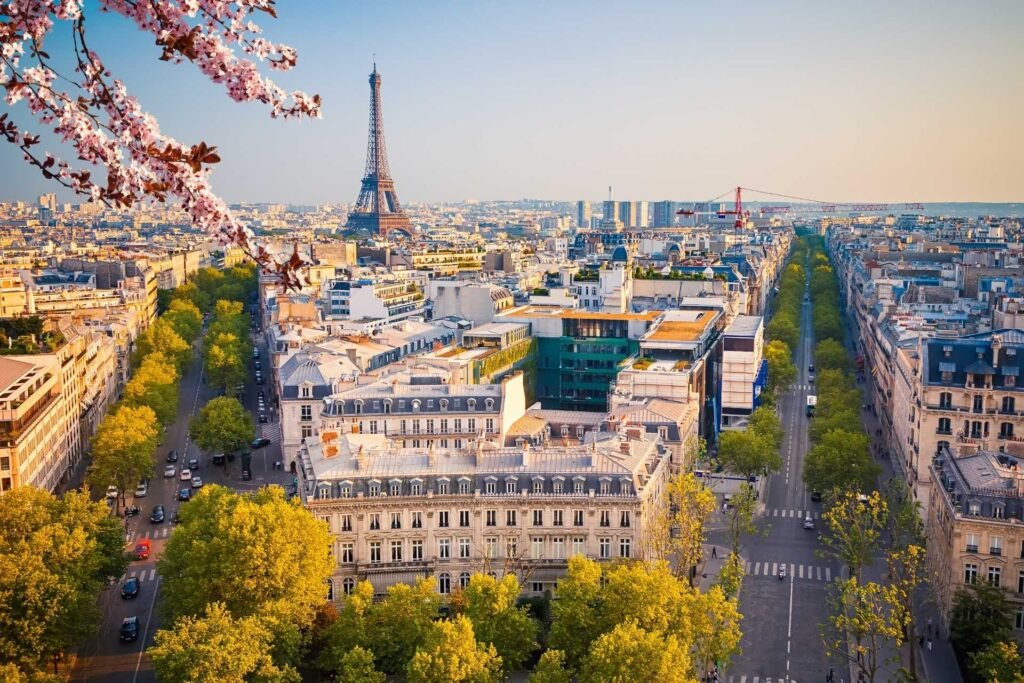
4. Paris, France – The City of Light and Culture
Paris has earned its reputation as a global cultural capital through centuries of artistic innovation, intellectual discourse, and architectural achievement. The city’s museums alone could occupy culture lovers for weeks, from the Louvre’s world-famous collections to the Musée d’Orsay’s impressionist masterpieces.
The Louvre, originally a royal palace, now houses over 35,000 works of art, including the Mona Lisa and Venus de Milo. But Paris offers cultural experiences far beyond its major museums. The Marais district preserves medieval architecture alongside trendy galleries and boutiques, while Montmartre maintains its artistic heritage with studios, cabarets, and the iconic Sacré-Cœur Basilica.
Paris’s cultural influence extends to its café culture, where philosophers, writers, and artists have gathered for centuries to debate ideas and create movements. The city’s literary heritage lives on in bookshops like Shakespeare and Company, while its musical traditions continue in venues from the Opéra de Paris to jazz clubs in Saint-Germain-des-Prés.
The city’s architectural timeline tells the story of French cultural evolution, from the Gothic grandeur of Notre-Dame Cathedral to the Belle Époque elegance of the Grand Palais and the modernist lines of the Centre Pompidou, which houses Europe’s largest collection of contemporary art.
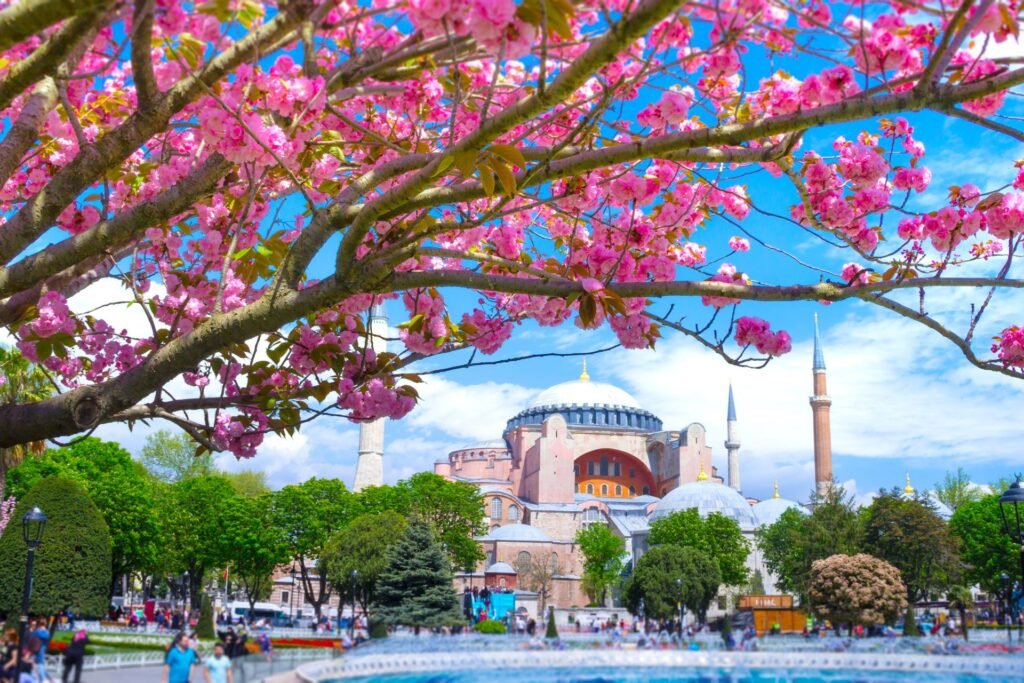
5. Istanbul, Turkey – Where East Meets West
Istanbul’s unique position straddling two continents has created a cultural fusion unlike anywhere else in the world. The city’s history as Constantinople, capital of the Byzantine and Ottoman empires, left a rich legacy of architectural and cultural treasures that reflect both European and Asian influences.
The Hagia Sophia stands as perhaps the most powerful symbol of this cultural convergence, having served as a Christian cathedral, Islamic mosque, and now a museum that showcases both Byzantine Christian mosaics and Islamic calligraphy. The Blue Mosque, with its six minarets and stunning blue tiles, represents the height of Ottoman architectural achievement.
Istanbul’s Grand Bazaar, one of the world’s oldest covered markets, offers a cultural experience as much as a shopping opportunity. Here, traditional craftsmen continue centuries-old practices of carpet weaving, metalworking, and spice trading. The nearby Spice Bazaar engages all the senses with its aromatic herbs, teas, and traditional Turkish delights.
The city’s cultural life extends beyond historical sites to vibrant neighborhoods like Beyoğlu, where 19th-century European architecture houses galleries, theaters, and restaurants serving both traditional Turkish cuisine and international fusion dishes. The Bosphorus, the strait dividing Europe and Asia, offers spectacular views and boat tours that provide perspective on this remarkable city’s unique geographical and cultural position.
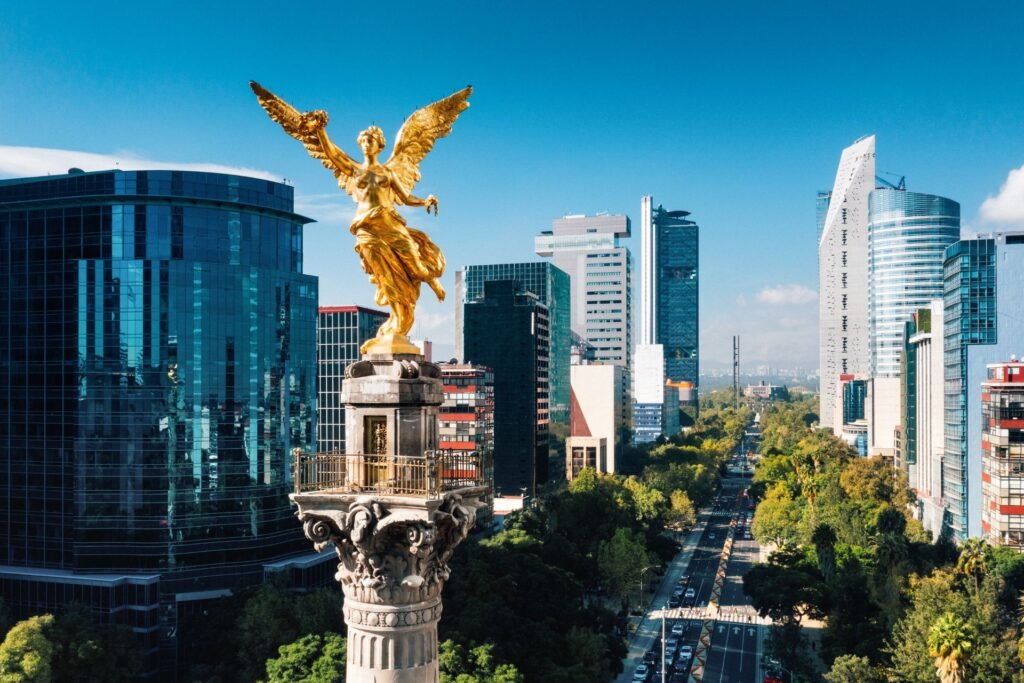
6. Mexico City, Mexico – A Vibrant Cultural Metropolis
Mexico City is the perfect blend of the traditional and the contemporary, which no doubt makes our capital one of the best destinations for art and culture on the planet, according to local cultural experts. The city’s cultural richness stems from its layered history, where pre-Columbian civilizations, Spanish colonial influence, and modern Mexican creativity have created a unique cultural ecosystem.
The National Museum of Anthropology houses one of the world’s finest collections of pre-Columbian artifacts, including the famous Aztec calendar stone. But Mexico City’s cultural significance extends far beyond its museums. The historic center, built on the ruins of the Aztec capital Tenochtitlan, showcases colonial architecture around the massive Zócalo square, while neighborhoods like Coyoacán preserve the bohemian atmosphere that attracted artists like Frida Kahlo and Diego Rivera.
The city’s contemporary art scene thrives in galleries throughout the Roma and Condesa neighborhoods, where street art, traditional crafts, and cutting-edge installations create a dynamic cultural landscape. Mexican cuisine, recognized by UNESCO as an Intangible Cultural Heritage, reaches its pinnacle in the city’s markets, street food stalls, and high-end restaurants.
Cultural festivals throughout the year celebrate everything from Day of the Dead traditions to contemporary film, music, and literature, making Mexico City a living canvas where ancient traditions and modern creativity continuously interact.
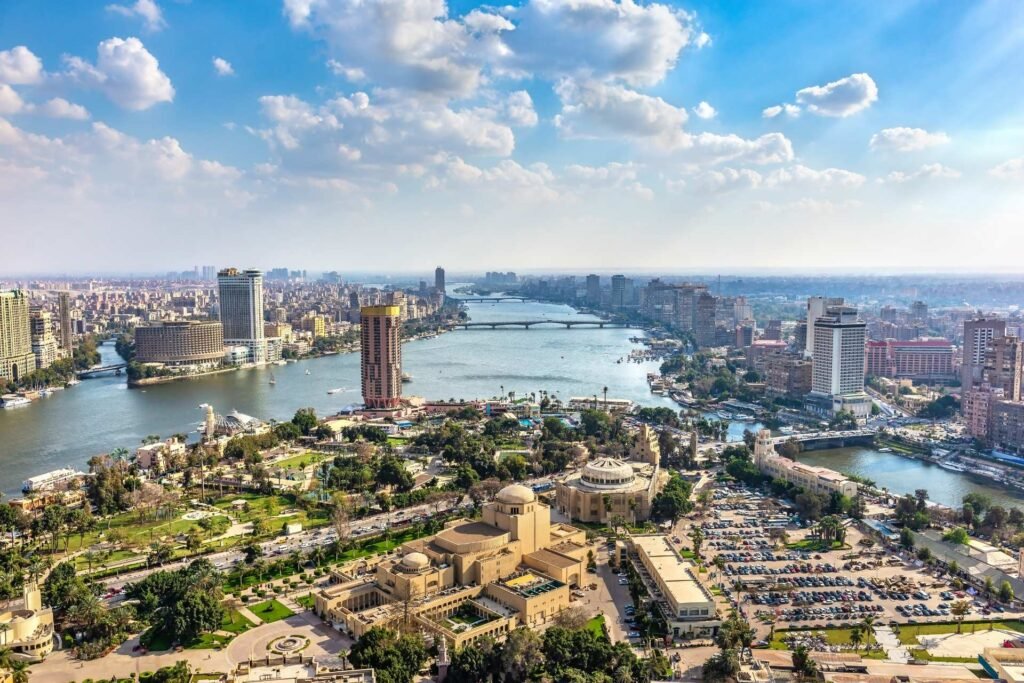
7. Cairo, Egypt – Gateway to Ancient Civilization
Cairo serves as the cultural heart of the Arab world while preserving one of humanity’s oldest civilizations. The nearby Giza Pyramids and Sphinx represent the most famous remnants of ancient Egyptian culture, but the city itself contains treasures that span thousands of years of human achievement.
The Egyptian Museum houses the world’s most extensive collection of ancient Egyptian artifacts, including treasures from Tutankhamun’s tomb and mummies of pharaohs who ruled over 3,000 years ago. Islamic Cairo, a UNESCO World Heritage site, contains one of the world’s largest collections of Islamic architecture, with hundreds of mosques, madrasas, and monuments dating from the Fatimid through Ottoman periods.
The Khan el-Khalili bazaar offers a cultural experience that engages all the senses, where traditional craftsmen create metalwork, textiles, and jewelry using techniques passed down through generations. The area around Al-Azhar Mosque, one of the world’s oldest universities, continues to serve as a center of Islamic learning and culture.
Cairo’s cultural significance extends to its role as the center of Arabic literature, film, and music. The city’s cafés have hosted intellectual discussions for centuries, while its theaters and cultural centers continue to produce works that influence the entire Arabic-speaking world.
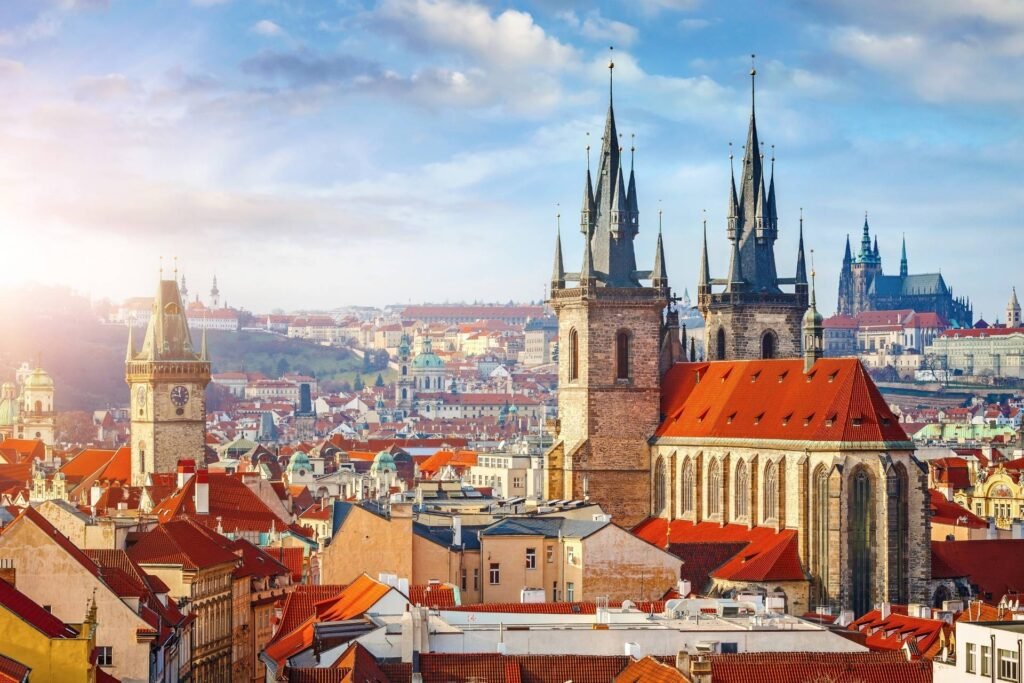
8. Prague, Czech Republic – The Golden City’s Timeless Beauty
Prague’s remarkably preserved medieval and baroque architecture has earned it the nickname “the City of a Hundred Spires,” creating one of Europe’s most visually stunning cultural destinations. The city’s historic center, largely untouched by modern development, offers culture lovers an authentic journey through Central European history.
Prague Castle, one of the world’s largest castle complexes, contains St. Vitus Cathedral, the Old Royal Palace, and numerous galleries and museums. The castle’s history spans over 1,000 years, with architectural styles ranging from Romanesque to Gothic to Baroque. The nearby Lesser Town showcases baroque palaces and gardens, while the Old Town features the famous Astronomical Clock and numerous Gothic and Renaissance buildings.
The city’s cultural significance extends beyond architecture to its literary and musical heritage. Prague was home to Franz Kafka, whose works captured the city’s mysterious atmosphere, and served as an important center for classical music, with venues like the Prague State Opera and Rudolfinum Concert Hall continuing this tradition.
Prague’s beer culture represents another important cultural tradition, with historic breweries and beer halls serving as social centers where locals and visitors can experience authentic Czech hospitality and cuisine. The city’s numerous art galleries and museums, from the National Gallery to smaller contemporary spaces, showcase both Czech and international art.
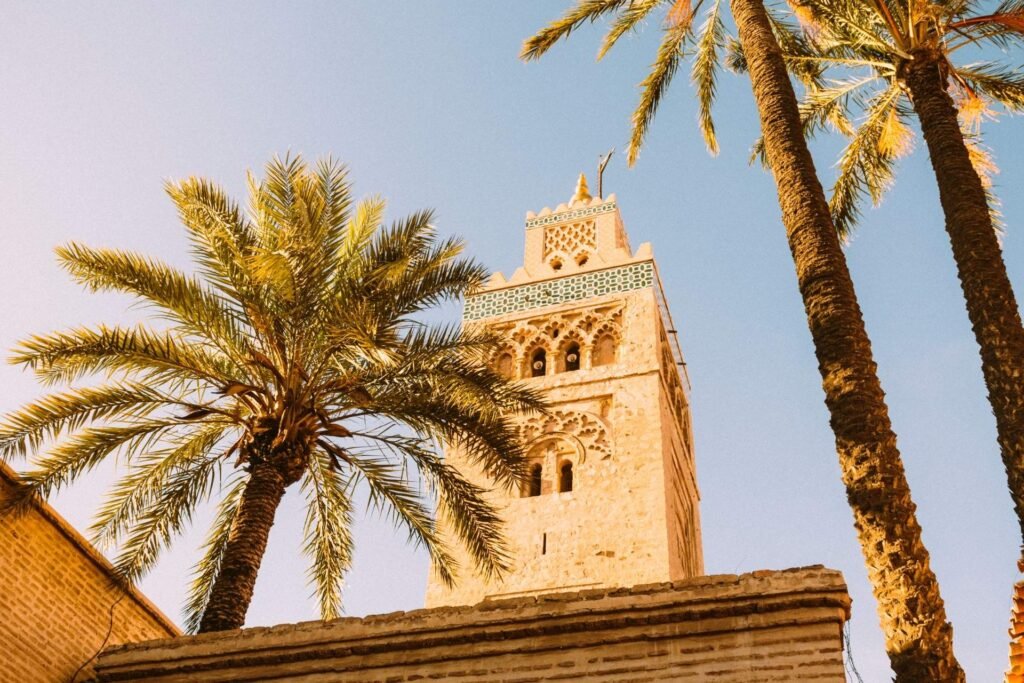
9. Marrakech, Morocco – The Red City’s Sensory Journey
Marrakech offers culture lovers an intense sensory experience where Islamic, Berber, and French colonial influences have created a unique cultural atmosphere. The city’s medina, a UNESCO World Heritage site, contains one of the world’s most authentic examples of a medieval Islamic city.
The Djemaa el-Fna square serves as the cultural heart of Marrakech, where storytellers, musicians, and performers continue traditions that date back centuries. As evening falls, the square transforms into an open-air theater where Berber music mingles with the aromas of traditional Moroccan cuisine and the sounds of various dialects and languages.
The city’s architectural treasures include the Koutoubia Mosque, whose minaret has influenced Islamic architecture across North Africa, and the Saadian Tombs, which showcase the intricate geometric patterns and calligraphy that characterize Moroccan decorative arts. The Majorelle Garden, restored by fashion designer Yves Saint Laurent, demonstrates how contemporary artists have found inspiration in traditional Moroccan culture.
Marrakech’s souks offer cultural experiences that engage all the senses, where traditional craftsmen create leather goods, metalwork, textiles, and ceramics using techniques passed down through generations. The city’s hammams (traditional baths) provide insight into Islamic bathing rituals, while cooking classes and cultural tours offer deeper understanding of Moroccan customs and traditions.
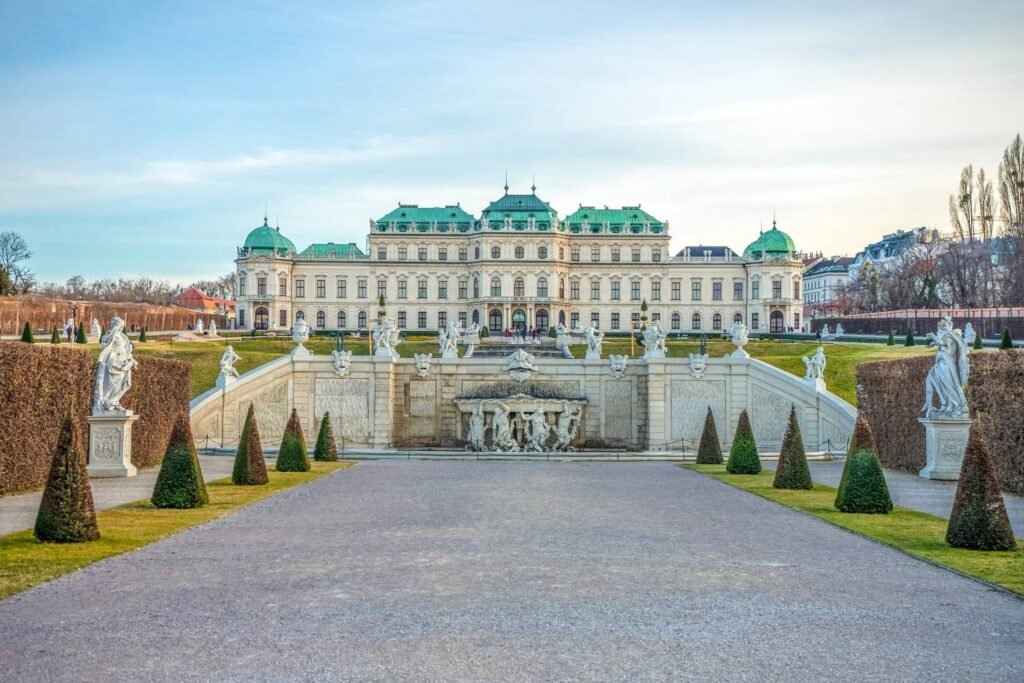
10. Vienna, Austria – The Imperial City’s Cultural Legacy
Vienna’s cultural heritage reflects its history as the capital of the Austro-Hungarian Empire and its continued role as a center of classical music, art, and intellectual discourse. The city’s imperial palaces, world-class museums, and vibrant cultural scene make it a must-visit destination for culture lovers.
The Schönbrunn Palace, former imperial summer residence, showcases the grandeur of Habsburg court life with its elaborate rooms, gardens, and cultural exhibitions. The Hofburg Palace complex houses several museums, including the Imperial Apartments and the Sisi Museum, which provide insight into Austrian royal culture.
Vienna’s musical heritage is perhaps its greatest cultural treasure. The city was home to Mozart, Beethoven, and Strauss, and continues this tradition through the Vienna State Opera, Vienna Philharmonic, and numerous concert halls. The annual Vienna Festival celebrates both classical and contemporary music, while the city’s café culture provides venues for intellectual discussion and artistic inspiration.
The city’s art collections, housed in museums like the Kunsthistorisches Museum and the Belvedere Palace, include works by Klimt, Schiele, and other masters of Austrian art. Vienna’s contemporary cultural scene thrives in galleries, theaters, and cultural centers that blend traditional Austrian culture with international influences.
Planning Your Cultural Journey
Each of these destinations offers unique cultural experiences that can transform how you understand history, art, and human creativity. When planning your cultural journey, consider the time of year, as many cities offer special cultural events and festivals during certain seasons. Spring and fall often provide the most comfortable weather for extensive cultural exploration, while summer may offer longer daylight hours for sightseeing.
Most of these culture cities benefit from advance planning, particularly for major museums and cultural sites that may require timed entry tickets. Consider purchasing city cultural passes when available, as they often provide both cost savings and skip-the-line access to multiple attractions.
Remember that cultural immersion extends beyond major tourist sites. Take time to explore local neighborhoods, visit smaller museums and galleries, attend cultural performances, and engage with local customs and cuisine. The most memorable cultural experiences often come from unexpected discoveries and genuine interactions with local communities.
These ten destinations represent just a fraction of the world’s cultural treasures, but they offer starting points for journeys that can deepen your understanding of human creativity, history, and the diverse ways cultures express their values and beliefs. Each city rewards the curious traveler with layers of meaning that unfold over time, creating memories and insights that last a lifetime.
If you liked this article, check the other ones on Majestic Mondo website. Consider joining the Instagram community as well, to fully enjoy the beauty of our planet.

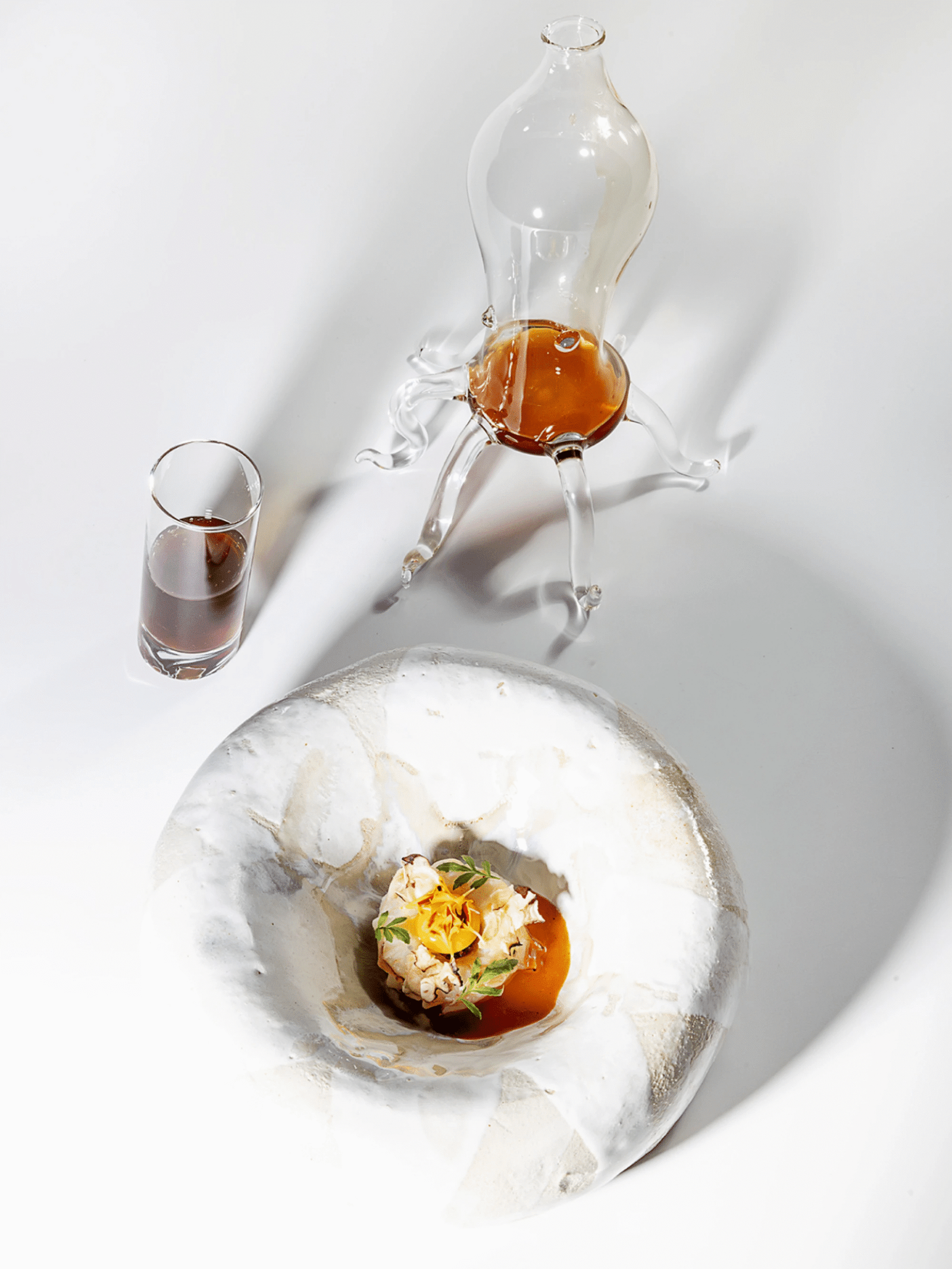


Leave a Reply